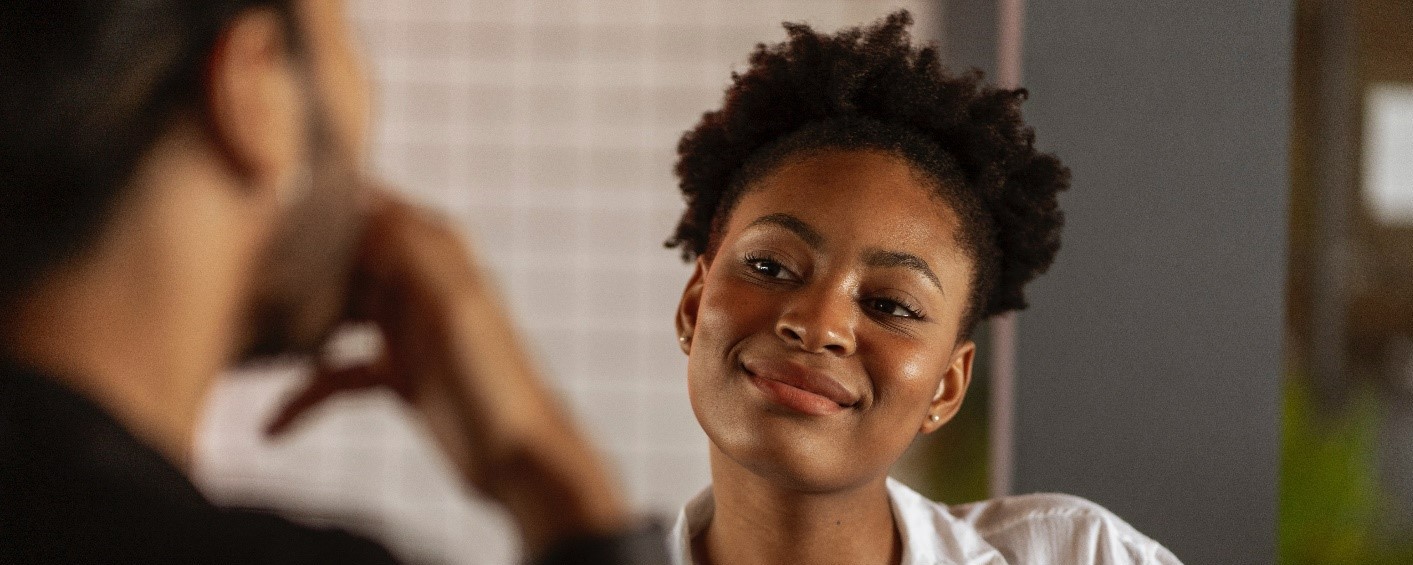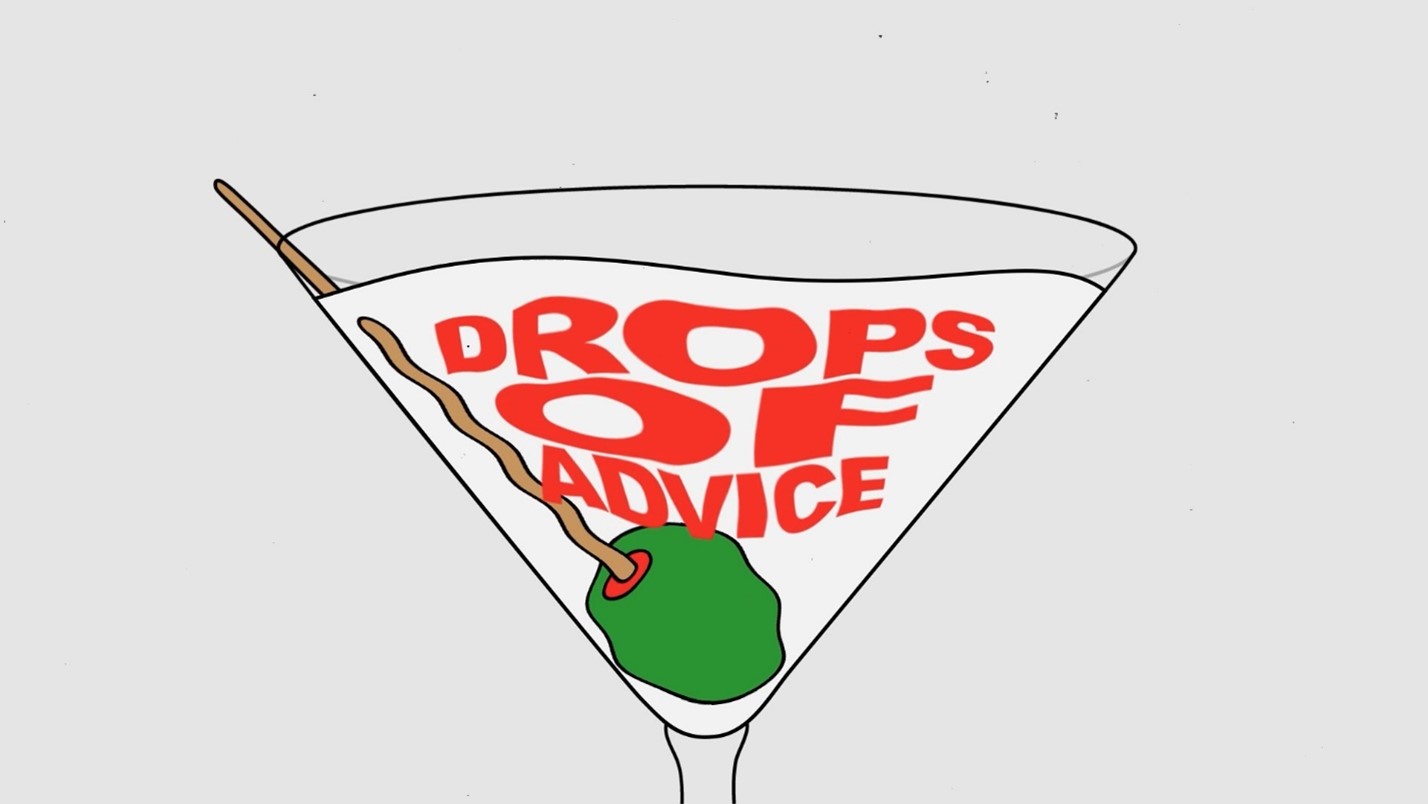Ecotrend Blog
Alcohol, akin to any consumable good benefits generously from good branding and marketing. However, it seems like the binge drinking antics from the 1970s and 1980s are taking a backseat, making way for zero-proof contenders. In fact, it’s the Millennials and Gen Zs that are leading this surge according to CBC. Surprisingly, most purchasers (82%) of zero-proof drinks are regular alcohol consumers. The key here is moderation. The moderation mantra has gained so much traction that even legacy alcohol producers like Diageo (owner of Smirnoff, Cîroc, Johnny Black labels) have launched a national moderation campaign, “Drops of Advice” to promote this concept. Contrary to what you might assume, the zero-proof market gained popularity during the pandemic as more people began to care more about their health and wellbeing.  Now, back to the original question of what you would choose when presented with the following options, zero-proof buyers seem to benefit from both—with an additional benefit of not feeling the side-effects of alcohol (i.e., drowsiness, hangovers, dehydration). Restaurants has contributed the most to raising consumer interest by presenting zero-proof sections on their bar list. Global Statistics on the Zero-Proof Market According to Nielsen, non-alcoholic sales in the U.S. between August 2021 and August 2022 totaled $395 million, showing a year-on-year growth of +20.6%.
Globally, the no/low category has ticked up 3% of the total alcoholic market with the total volume forecast to grow by over 31% by 2024. Demographics According to a report titled “No-and Low Alcohol Strategic Study 2021” by the IWSR Drinks Market Analysis:
Segmentation Analysis
Conclusion Since 2010, global alcohol consumption has remained flat or declined across much of Europe, with more than -10% in Australia and Canada. Millennials and Gen Zs are adopting a wellness approach and increasingly more cautious of what they put in their bodies. With more zero-proof products coming into the market, this will incentivize more innovation in this space. With the continuing economic downturn in 2023, no-/low alcohol beverages deliver exceptional flavor at a fraction of the cost of alcoholic counterparts. Soon, we may see a sober-curious movement turn into a permanent cultural shift.
|